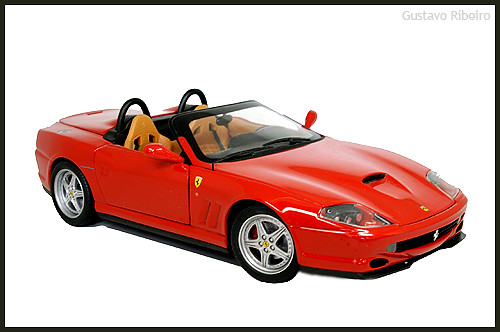
"Red Barchetta" was inspired by a short story in the November 1973 issue of Road & Track entitled "A Nice Morning Drive." In this story, author Richard Foster anticipates a future in which safety requirements for new cars results in huge "Modern Safety Vehicles" (MSV). Foster predicts way back in 1973 that "Cars became larger, heavier, less efficient. They consumed gasoline so voraciously that the United States had had to become a major ally with the Arabian countries."
"People became accustomed to cars which went undamaged in lO-mph collisions," the story continues. "They gave even less thought than before to the possibility of being injured in a crash. As a result, they tended to worry less about clearances and rights-of-way, so that the accident rate went up a steady six percent every year. But the damages and injuries actually decreased, so the government was happy, the insurance industry was happy and most of the car owners were happy."
In the world of fiction, some MSV drivers would purposely run older, smaller cars off of the roads simply because they could do it.
In the real-life 21st Century, cars have indeed become much safer, and in fact they are somewhat less likely to be in an accident because of safety improvements beyond just adding bulk to a vehicle. There has been one deleterious side effect, however: people drive faster and more dangerously so that the more vulnerable road users -- pedestrians and bicyclists, for example -- are now dying at a higher rate while overall road deaths have dropped. I'm hearing more often that "the laws of physics" mandates that I keep my bike off of the road, and that if I'm hit and killed it's my own fault.
I'm amazed that Foster anticipated the psychology of "mass rules" 35 years ago, but these things ought not so to be. ABS, traction control, stability control, rollover protection, adaptive cruise control, airbags, crumple zones and all the other advanced safety features of modern automobiles are great to have, but often these things only enable motorists to behave even more like boneheads when they're behind the wheel. And of course, when I say "bonehead" I include myself in that category, because better control almost naturally leads to faster driving.
Cycling still has about the same relative risk of serious injury or death as driving, but the risk seems to be trending upward for some areas. A real solution is to increase the number of bicyclists so that all road users expect to see us on the road and adjust their driving accordingly. I'm not convinced that tougher or new laws (such as the fad for 3-foot passing laws) is entirely the answer, though enforcement of existing laws would be a tremendous help. I'm also a fan of road diets and traffic calming, though these measures are generally appropriate for slow traffic areas such as residential neighborhoods.
I'm not clever enough to come up with the solution to this safer vehicle paradox. What are your ideas? What have you seen in the media or blogosphere on how to mitigate risk compensation?

hope that as gas prices go up people start driving less and slower. Encourage local representatives for heavier taxes on gasoline and building up dutch-style bicycling facilities.
ReplyDeleteI think it runs deeper philosophically; when people are invulnerable, they become unaware of the harm they do to others. WOrks on an individual and a group basis.
ReplyDeleteFahrenheit 451's descriptions of the highways were also eerily accurate.
Thanks for the comments. Good point about the psychology of invulnerability.
ReplyDelete